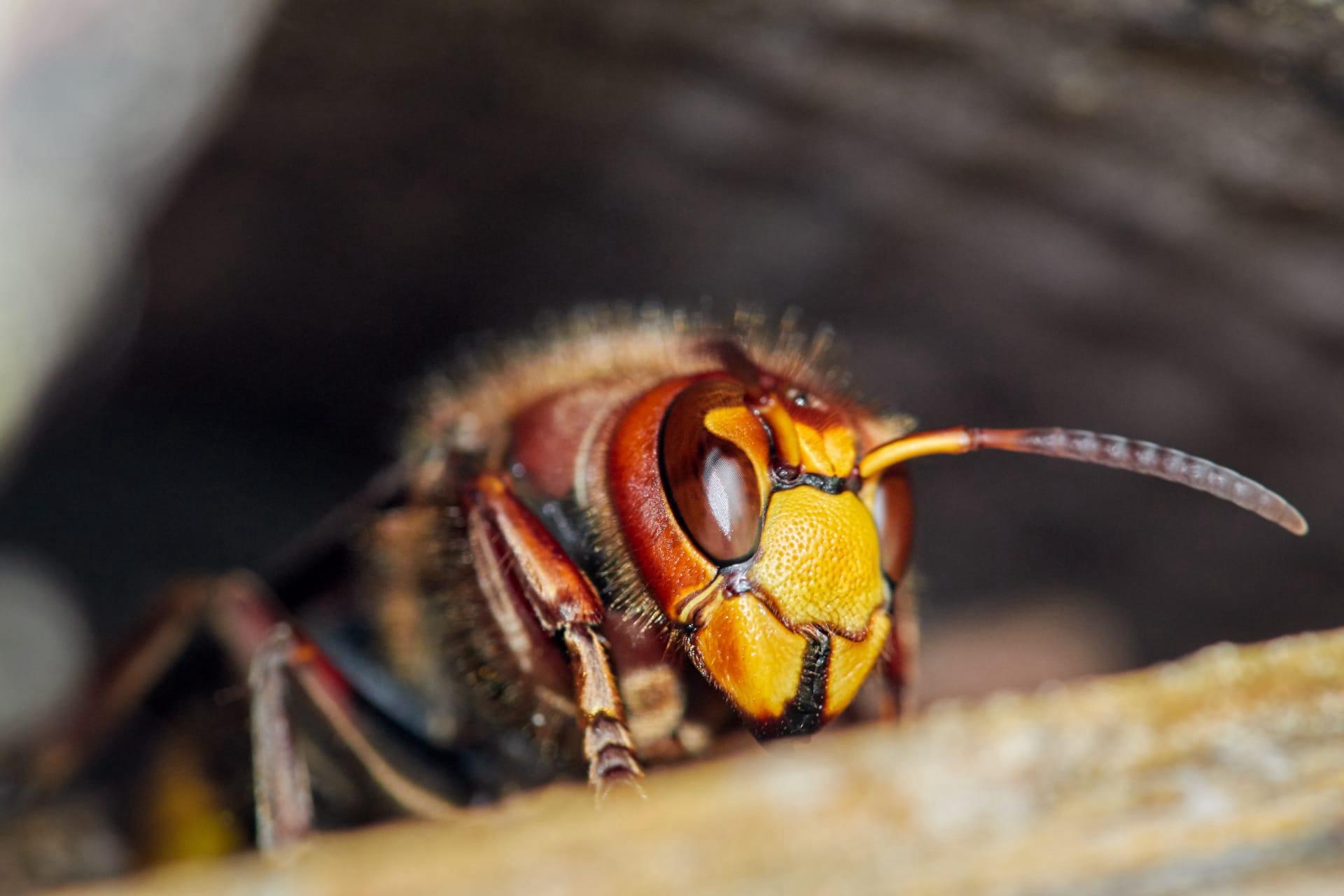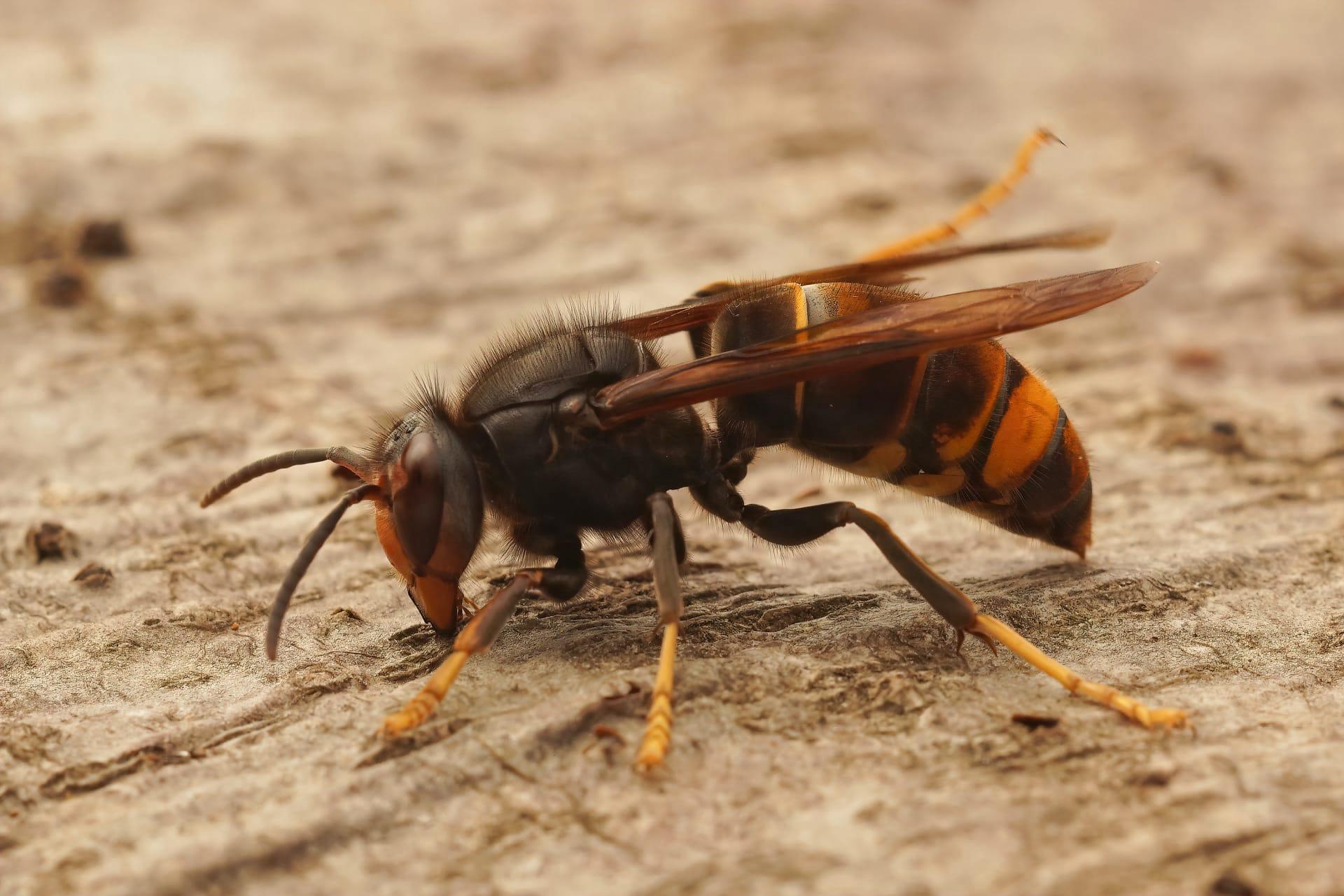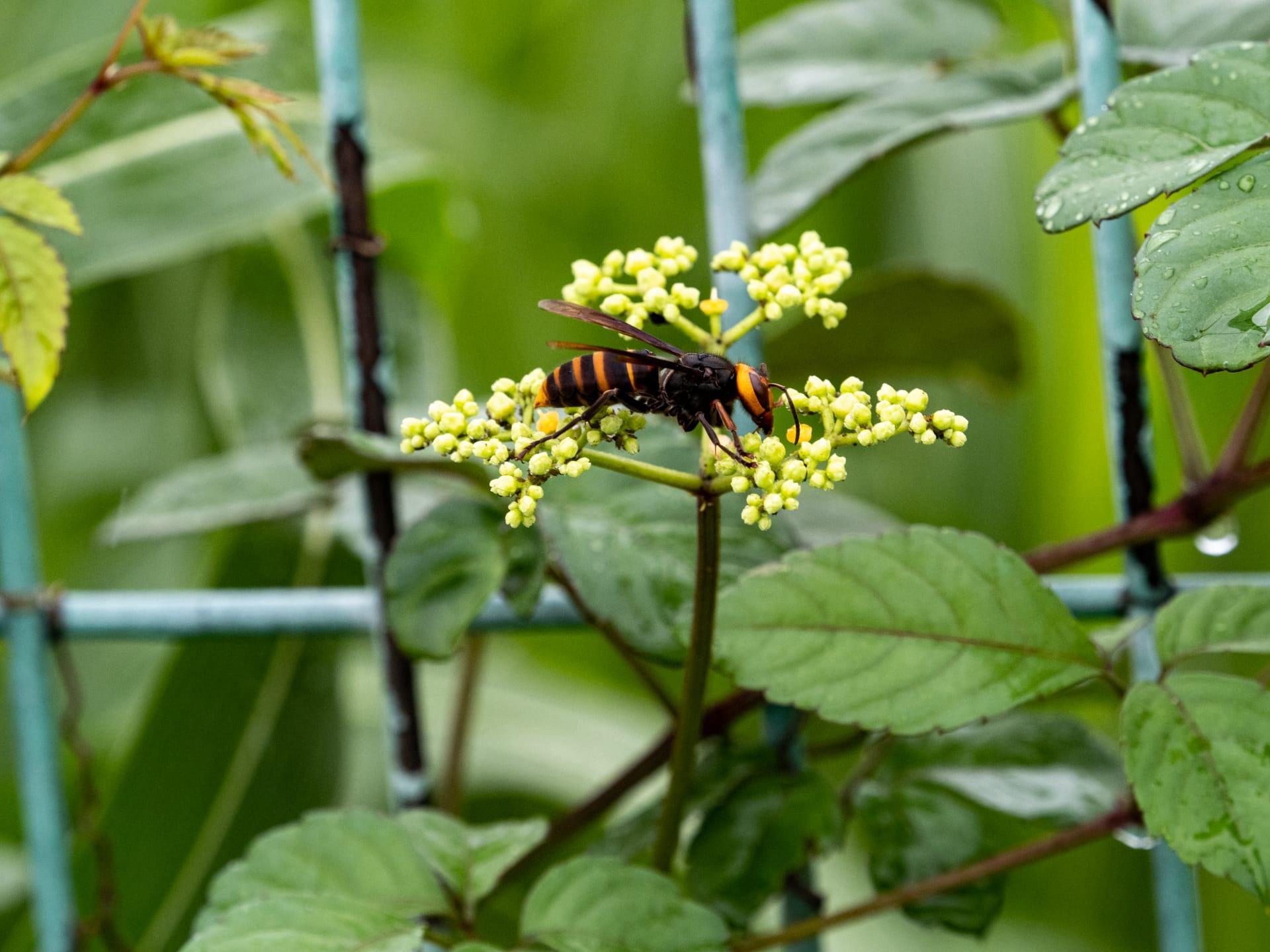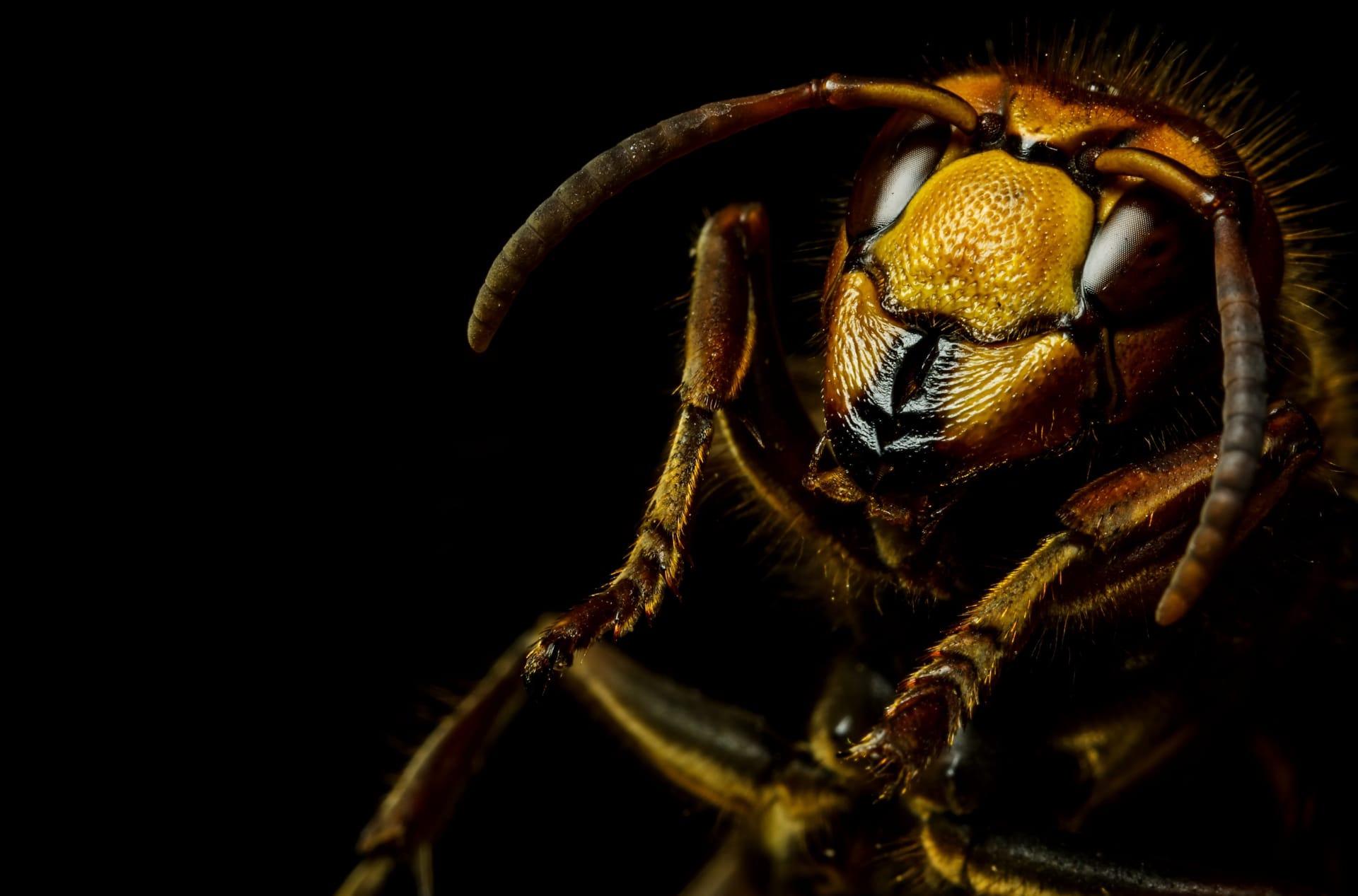Murder Hornets
- Home /
- Mini Encyclopedia /
- Animal /
- Murder Hornets
1
Murder Hornets, scientifically known as Vespa mandarinia, belong to the family Vespidae in the order Hymenoptera, which also includes wasps and bees. This species is the largest hornet globally, with queens reaching up to 2 inches in length. Their distinctive features include a striking orange or yellow head with large eyes, and a black and yellow striped abdomen, which gives them a fearsome appearance.
The distribution of Murder Hornets is primarily in East Asia and the Russian Far East. They are native to temperate and tropical East Asia, South Asia, Mainland Southeast Asia, and parts of the Russian Far East. They thrive in low mountains and forests, preferring to avoid plains and high-altitude climates. Recent sightings in North America, particularly in the Pacific Northwest of the United States and parts of Canada, have raised concerns about their potential impact on local ecosystems and species.

2
Question: Do Murder Hornets actively hunt and kill humans?
Answer: Despite their intimidating name, Murder Hornets do not actively seek out humans to attack. The name "Murder Hornet" comes from their aggressive hunting tactics towards other insects, particularly honeybees. Humans are not their natural prey, and they generally do not attack unless provoked. Their stings are painful and can be dangerous due to the potent venom, which contains neurotoxins. Multiple stings can be lethal, particularly to allergic individuals, but such incidents are rare. It's important to maintain a safe distance from their nests to avoid unintended provocation.

3
Murder Hornets have a unique survival strategy that involves coordinated attacks on beehives. A small group of hornets can decimate an entire beehive in a matter of hours. They use their strong mandibles to decapitate bees, after which they occupy the hive, feeding on the larvae and pupae. This behavior not only provides them with nourishment but also reduces competition for resources.
Another survival aspect of Murder Hornets is their reproductive strategy. The queen, the only fertile female, mates in the fall and overwinters in a safe location. In spring, she emerges to establish a new nest, laying eggs that develop into workers. These workers then take over the job of expanding the nest and providing food. This cycle allows them to rapidly increase their numbers and establish strong colonies.

4
In the ecosystem, Murder Hornets play a role as both predators and prey. As apex insect predators, they help control the population of other insects, which can be beneficial in maintaining ecological balance. However, their aggressive predation on honeybees poses a threat to bee populations, which are vital pollinators for many plants.
Their presence in an ecosystem can also influence the behavior of other species. For example, honeybees in Asia have developed defensive strategies against these hornets, such as swarming an intruder and overheating it. In areas where Murder Hornets are non-native, like North America, local species lack these defensive strategies, making the hornets a significant ecological threat.

5
Film: "Attack of the Murder Hornets" is a documentary from the United States, released in 2021. It focuses on the sudden appearance of Asian giant hornets in Washington State and the subsequent efforts to track and eradicate them. The documentary highlights the potential ecological impact these invasive predators could have on local bee populations and broader ecosystems.
Book: "The Hornet's Nest: Understanding Vespa Mandarinia" is a comprehensive book published in the United Kingdom in 2022. Authored by entomologist Dr. Emily Stone, it delves into the biology, behavior, and ecological impact of Murder Hornets, offering insights into their role in their native habitats and the challenges posed by their spread.
Book: "Invasion of the Giant Hornets" is an American publication from 2023 by biologist Mark Anderson. This book explores the scientific and social aspects of the Murder Hornets' emergence in North America. It discusses their life cycle, predatory behavior, and the implications for local ecosystems, alongside the human response to this invasive species.